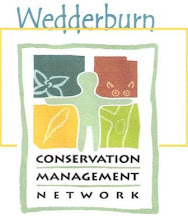 The Fungi – An Introduction to a Curious Kingdom Presented by Alison Pouliot
The Fungi – An Introduction to a Curious Kingdom Presented by Alison Pouliot Arriving at the workshop was an education in itself. A vast display of fungi of many types each labelled and grouped accordingly. I’m glad I arrived early and had some considerable time to study this display before the workshop commenced. The Saturday workshop had the maximum number of participants. It was repeated on Sunday
Alison began the theoretical part of the workshop by providing a brief history and discussion of historical and traditional knowledge, uses and beliefs about fungi. She covered the process of identifying fungi, and the major field characteristics, which gave the participants a much better understanding of what to l
ook for when in the field. The importance of obtaining spore prints as a tool for identification, and how to obtain them was also covered.
Many workshop participants had an interest in the uses of fungi, and Alison clearly reinforced the importance of absolute positive identification of edible species before using any fungi for food. This was reinforced by a clear description of the toxicities of fungi and what will happen to you if you ingest fungi that has not been correctly identified.
Types of fungi, how they reproduce, their taxonomy and classification and useful field guides and tools were also discussed.

After lunch, armed with field guides, compact mirrors (for viewing the undersides of fungi), magnifiers and warm clothes we moved to a forest site near Kingower. Initially the area looked rather devoid of anything like fungi. But with the group became more confident about where and how to look, and a surprisingly long list of fungi were found and examined. Descriptions and information was provided by Alison and also by Marj May who has been involved with Fungi map for some time.
It was a valuable and informative workshop. If you missed out, try (next year) to get to any of Alisons’s fungi workshops that she runs at several locations during Autumn .

No comments:
Post a Comment